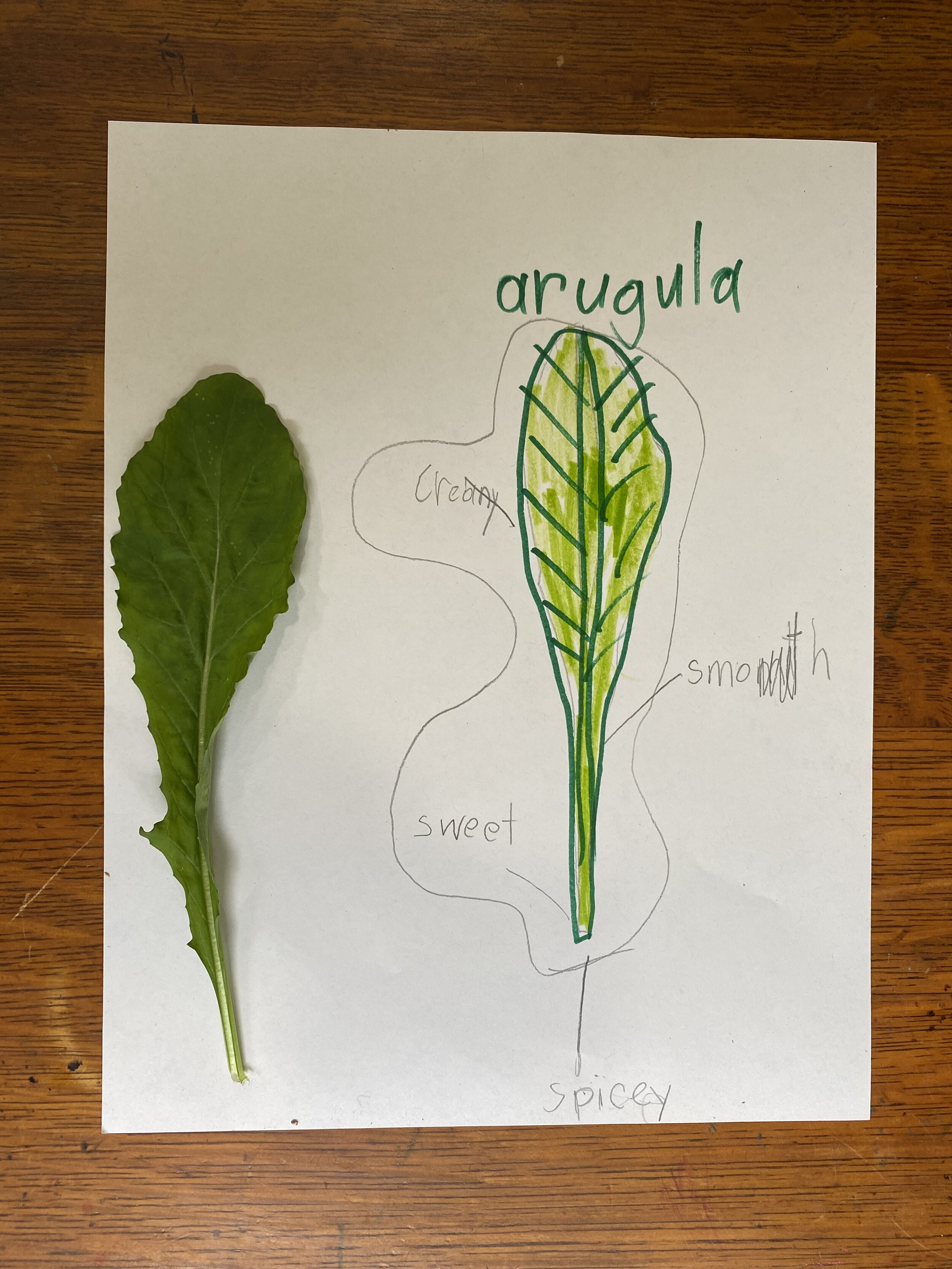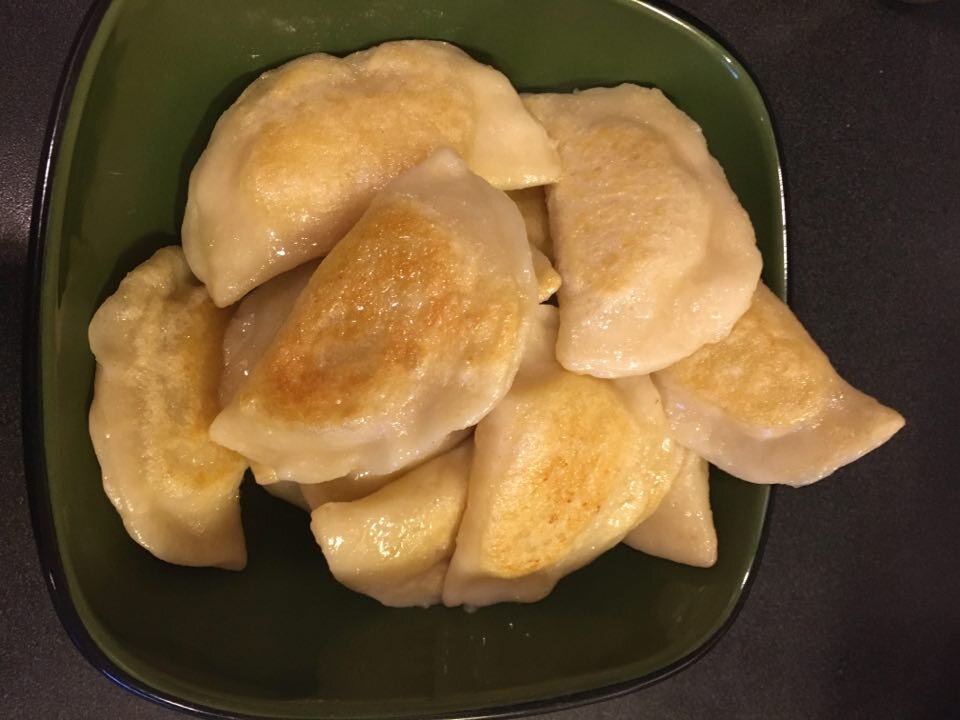Connecting over a delicious meal and favourite beverage is something all of us have in common. We use this to offer comfort, make friends, celebrate special occasions, and show appreciation, gratitude and love. Food is more than just nourishment; it allows us to create memories and express our creativity. Through this experience we are able to go on a journey, connecting with different cultures, traditions and stories.
Pairing wine and food is deeply embedded in our culture, and is a way to not only enhance one’s dining experience, but tune in with your mood and the meal you are eating. Thanks to the continued support from Mission Hill Family Estate, we are able to deepen the relationships with our community members and celebrate the joy of connecting over local food and wine.
Thank you Mission Hill Family Estate for your wine sponsorship, and thank you Executive Chef Patrick Gayler for taking the time to introduce yourself to Growing Chefs!
How long have you been working at Mission Hill Family Estate?
7 years
As Executive Chef, what do you do?
I help the sous chefs source ingredients, make menus, and train new cooks in the restaurant. I also host culinary classes and dinners too.
What makes Mission Hill different from other B.C. wineries?
Our commitment to quality and the Okanagan.
What is the most exciting part of working at Mission Hill?
Being able to focus on putting together great ingredients and wine is always exciting.
What makes you proud to work for Mission Hill?
Seeing guests from all over the world enjoying our unique winery and valley .
What is your favourite vegetable?
Onion or potato. I could never pick just one.
What’s your favourite food memory?
Turkey dinner at my grandma’s house.
CLICK HERE to learn more about experiences offered at Mission Hill Family Estate.






























